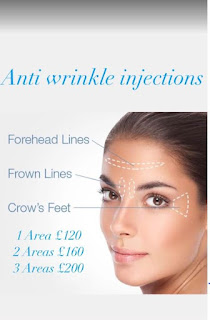How Is Permanent Makeup Safe?
Although applying permanent cosmetics to your skin may seem simple and handy, there are hazards, like any Permanent make-up clinic Borehamwood.
The most common cosmetic improvement is permanent eyeliner, followed by permanent brows and permanent lip colour. In Goldsboro, North Carolina, Zwerling, the leader of the American Academy of Micropigmentation (AAM), says he is adamantly opposed to the use of blush and eye shadow. "I've seen some extremely subpar work. You can't predict what the colour will do, and a huge surface area is involved if you have an allergic reaction. You're referring to extensive face reconstruction surgery." The majority of treatments begin with the application of an anaesthetic to the skin. After the initial operation, a touch-up may be necessary, according to Zwerling, but not before one month and possibly not for three months. Dermatologists, cosmetologists, aestheticians, nurses, and tattoo artists are some examples of practitioners. Do your research before turning to the Microblading Borehamwood to find a doctor, according to experts.
Negative Reactions
According to FDA spokesman Stanley Milstein, PhD, in Washington, D.C., "allergy to pigments is uncommon, but it's tough to eliminate the irritant." "Any time a foreign body is implanted under the skin, unexpected outcomes could occur. Years later, the reaction can manifest as a rash or an allergic reaction of the immune system." Granulomas are masses that form inside tissue around a foreign substance, and keloids, which are overgrowths of scar tissue or a raised scar, are two other potentially harmful reactions. More frequently than not, keloids develop after permanent makeup is removed.



Comments
Post a Comment